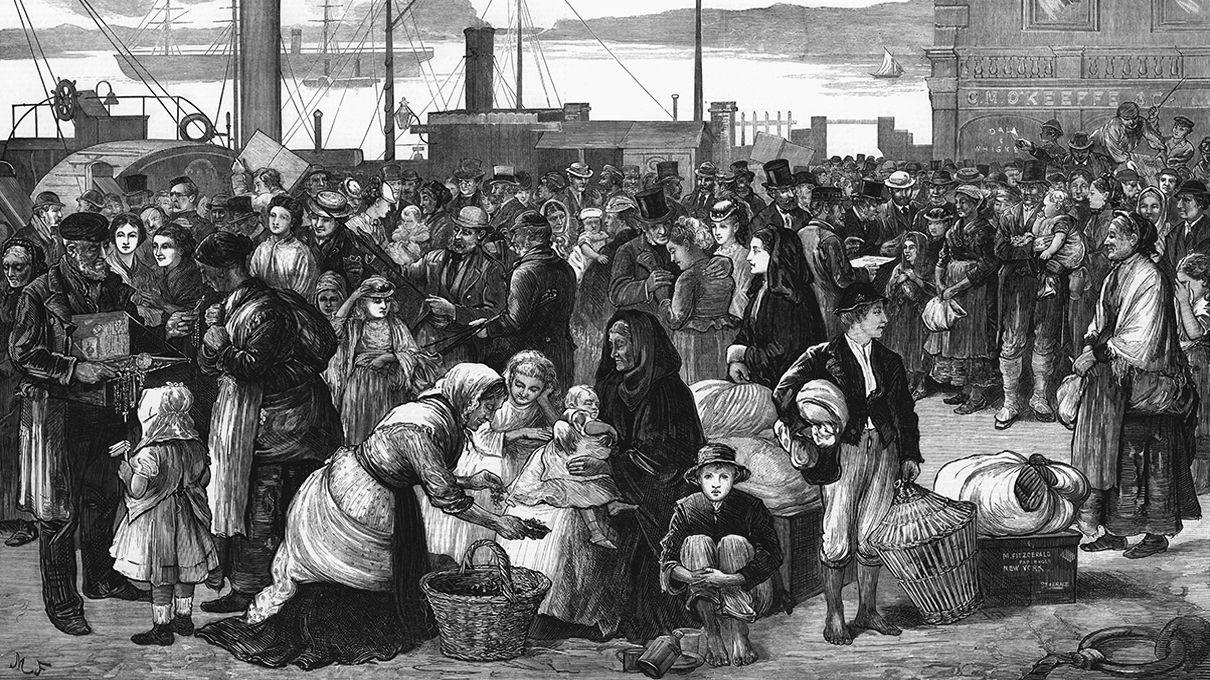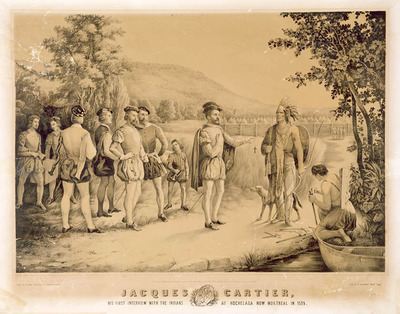The Birth of Montreal
The first European to ‘discover’ the area of Montreal was Jacques Cartier (Quartier), on October 2nd, 1535, when he , landed “six miles [outside]… the Indian village of Hochelaga”. The natives welcomed Cartier and his crew into their village the next day, where the Europeans were received as if they were divine entities. After Cartier’s return to Montreal in 1541, “the Island was not seen by white men for nearly two generations”.
It was not until the beginning of the seventeenth century that Samuel de Champlain began to bring notoriety to the area within early accounts of the French in the “New World”. By the time he had arrived on the Island of Montreal, “the Indian village had disappeared”. Throughout the rest of the sixteenth and the beginning of seventeenth century, France began inadvertently colonizing areas across the St.Lawrence valley, through the establishment of business in the fur trade.
Ville-Marie was the first village to be founded on the Island of Montreal. As a result, it can be said that Montreal was first established on May 7th, 1642, marked by the foundation of Ville-Marie. According to John O’Farrell, “by the end of the 1600s approximately one hundred families, natives of Ireland, were among the French population of ‘Lower Canada’”.
By 1800, Montreal “seemed rather like a small, medieval, European walled city to many visitors at the beginning of the nineteenth century”. Its population had reached a modest ten thousand inhabitants, but a ‘tidal wave’ was on its way. In fact, as Cooper suggests it was with “the war of 1812 [that] brought some positive benefits” to the city, that it most definitely needed. As British soldiers arrived in Montreal on their way to the front lines, many of the soldiers would take advantage of the amenities that the city had to offer. After the war had ended many of the “Montrealers resumed…trade with the United states…It was even more profitable now”. With the growing wealth of the city came the founding of the Bank of Montreal in 1817
That being said, just as the pre-1840’s Irish population began fully integrating and settling itself into Montreal’s society, one of the most significant mass migrations in human history was about to take place. This event is known today as the Great Irish Famine.



